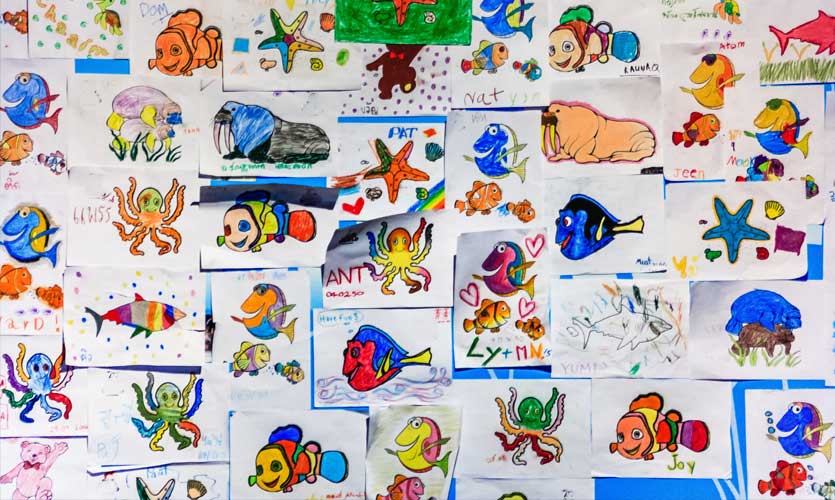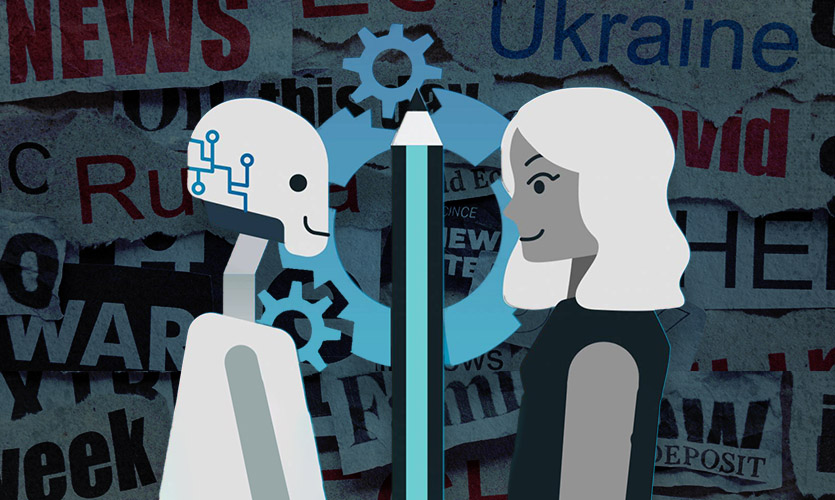How do human beings express themselves? The answer, many would say, is art. Now the term ‘art’ encompasses a whole host of creative, imaginative and intellectual skills, like drawing, painting, writing, singing, dancing, playing a musical instrument, making sculptures, and so on. Studies have shown how people with severe post traumatic stress disorders, survivors of abuse, veterans of war, and people with disabilities find much solace in expressing themselves through art. It heals them and builds up their broken spirits.
Why then, is such a powerful thing driven to the margins in the Indian education system, especially at the school levels? Why is it that art or the pursuit of art is seen as a waste of time, as something frivolous? After all, art requires intellectual, emotional, creative and imaginative skills and gives a lot of satisfaction to the artist. So, the absence of art in the school curriculum is quite puzzling and disappointing.
There is a beautiful quote by the American actor Phylicia Rashad where she says, “Before a child speaks, it sings. Before they write, they paint. As soon as they stand, they dance. Art is the basis of human expression.” I would like to add to this that language too is art and a child learns language naturally, not by reading grammar books. He or she then speaks and makes up stories to create his or her own world and interact with the people around. Art is the origin and basis of human expression and intelligence. We are pretty unique in the animal and plant kingdom for making art, as well as have the ability to appreciate it.
But in India, we send our children to schools, where all the spontaneity, intelligence and creative thinking that art gives, is stripped away. Whether by design or necessity, the Indian education system is focused on utilitarian goals of producing children who are employable in the right and desirable job spaces. Art is relegated to the background and is only nominally present in the time-table.
Also, the way in which art is taught in India is, arguably, quite restricted and traditional. In the realm of dance and music, there is too much of a division between the classical (that is quite rigid and doesn’t allow for much experimentation) and non-classical (that is not given the respect it deserves). In drawing classes, children are made to copy and any deviation from the original artwork is frowned upon. Expression is supposed to be subjective. Our children are ‘taught’ art how parrots are taught to speak. Mimicry is praised but originality is critiqued.
Children need to be given the space to form their own artistic voice. They need to learn the basics and also be appreciated when they show initiative and original thinking. This makes them more confident and increases their love for their art. For example, when it comes to drawing, let them draw freely as much as possible, from the world around them or from their imagination. Art can be therapeutic for children. For instance, a child who is hyper-active, can often be calmed down by introducing an art form that he or she enjoys. Thus, art is education, therapy and an enjoyable, natural activity for children.
Nowadays, among the middle and upper middle classes, there is a growing consciousness about the importance of art. But often, the competitive spirit of the parents dominates the child’s own interest in an art form. If your child doesn’t want to learn the piano, but is forced to do so because you think it is good for him, it defeats the purpose of artistic education. A child’s artistic production is supposed to be an expression of his or her personal voice, and not the voice of the parents. If one sees art as a utilitarian means to an end, perhaps because it will look good on a college application form or a CV, then true artists will not emerge.
As the great painter Pablo Picasso said, “Every child is an artist.” Children in India deserve greater freedom and opportunities to learn and pursue art. And to those parents who fear that art will be an obstacle to worldly success, the words of American sociologist Charles Horton Cooley may possibly bring comfort, “An artist cannot fail; it is a success to be one.”
Read More: Gurukul To Schools: Revisiting Indian Education System From Pre And Post-British Era










